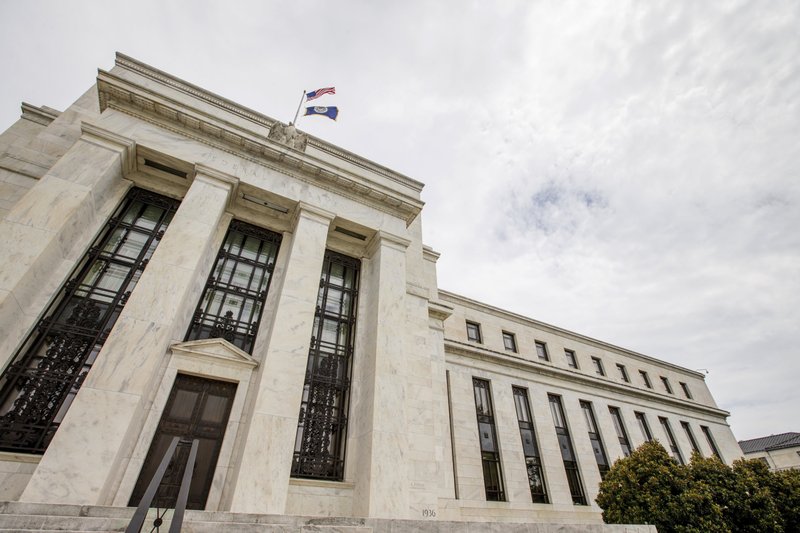WASHINGTON -- The Federal Reserve is keeping its benchmark interest rate unchanged but said that inflation is climbing after years of being stuck below the Fed's target level.
The Fed on Wednesday left its key short-term rate at 1.5 percent to 1.75 percent, the level it set in March after its sixth increase since December 2015. The Fed is gradually tightening credit to control inflation against the backdrop of a tight labor market and a pickup in consumer prices.
The Fed said in a statement after its latest policy meeting that it expects "further gradual increases" in rates and says it's moving close to achieving its 2 percent target for annual inflation.
The next rate increase is expected in June. Some analysts think the Fed may signal then that it foresees four increases for 2018, up from the three it predicted in March.
This week's meeting came against the backdrop of an inflation milestone reached this week. After six years of mostly missing its annual 2 percent target, the Fed's preferred gauge of consumer inflation achieved a year-over-year pace of 2 percent. And in the coming months, inflation is widely expected to stay around that level.
One debate the Fed is now likely engaged in is whether it might accept a period in which inflation rises above 2 percent without accelerating its pace of rate increases. Even if it maintains a gradual approach, steady economic growth and inflation pressures likely will keep the Fed on a path toward further rate increases later this year.
Few analysts expect any aggressive pickup in rate changes. Most foresee either two or three additional increases in the Fed's benchmark rate by year's end, coming after an increase in January.
As Fed Chairman Jerome Powell said at a news conference after the central bank's previous meeting in March, "We're trying to take the middle ground, and the committee continues to believe that the middle ground consists of further gradual increases in the federal-funds rate."
If the Fed were to end up raising rates four times in 2018, up from three last year, it would possibly reflect faster growth spurred by the tax cut that took effect this year and $300 billion in further government spending. That stimulus, coming at a time when unemployment is at a 17-year low of 4.1 percent, could raise the threat of high inflation.
Bond investors are signaling that they expect a pickup in U.S. inflation, having bid up the yield on the 10-year Treasury note last week above 3 percent before the yield settled just below that. A year ago, the 10-year yield was just 2.3 percent.
The central bank is meeting as its board is undergoing a makeover, with a raft of new appointees who appear generally supportive of the Fed's cautious approach to rates since the recession ended.
Despite President Donald Trump's complaints during the presidential race that the Fed was aiding Democrats in keeping rates ultra-low under President Barack Obama, his choices for a chairman and for other slots on the Fed's board have been moderates rather than hard-core conservatives who would favor a faster tightening of credit.
Under Powell's predecessors, Janet Yellen and Ben Bernanke, the board endured criticism from some Republicans over its decision to pursue a bond-purchase program designed to cut long-term borrowing rates and to leave its key rate at a record low near zero for seven years. The critics said those policies would eventually produce destructive bubbles in the prices of stocks and other assets and, eventually, undesirably high inflation.
Since the Fed began raising rates in December 2015, the pace has been modest and gradual: One quarter-point rate increase in 2015, one in 2016, three in 2017 and one so far this year. Even now, the Fed's benchmark short-term rate, which influences consumer and business loan rates throughout the economy, remains in a low range of 1.5 percent to 1.75 percent.
When the Fed announced its most recent rate increase in March, it forecast that it would raise rates twice more this year. Powell, a Republican who was originally nominated to the Fed's board by Obama, has so far signaled an approach to rate changes that appears similar to the cautious one Yellen pursued.
Business on 05/03/2018
